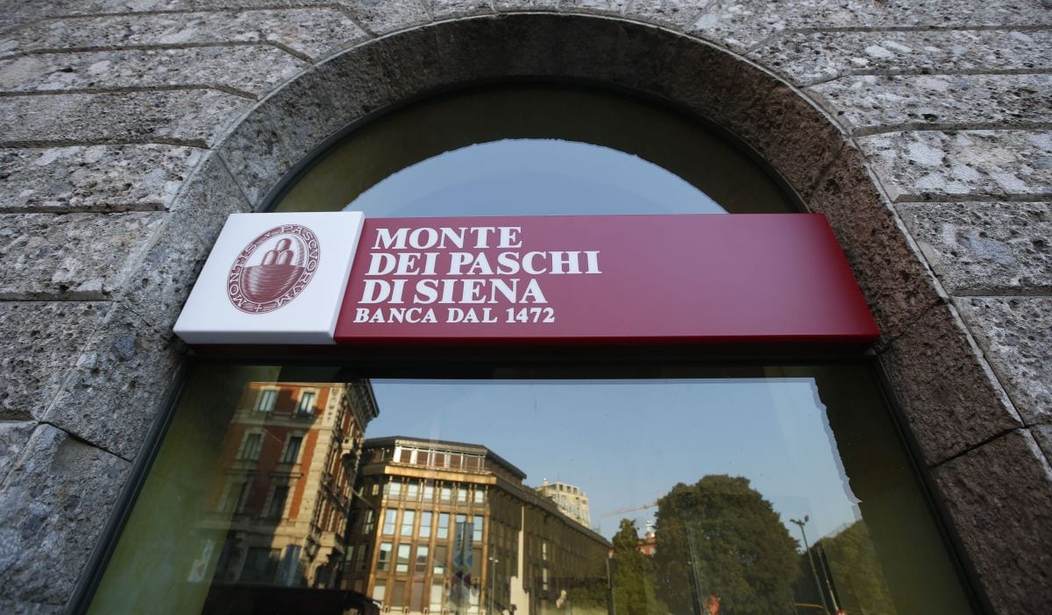The naysayers claim that Brexit will be bad for the British economy in both the short and long term. But where Brexit is having an immediate negative impact is on the stability of Italian banks. There is a growing danger of a total meltdown thanks to a mountain of bad loans that the banks can’t write down. Coupled with a desperate need by the banks to recapitalize, there is an immediate threat that unless the Italian government does something soon, there could be a bank run which would cause the entire financial system to collapse.
We’ve heard this song before. Greece; Portugal, Spain, Ireland — all faced the grim reaper only to emerge battered, bruised … but alive. But Italy has the 8th largest economy in the world and the contagion would be more likely to affect the entire EU banking sector.
The Italian government has something of a plan, but it would undermine the new troubleshooting regime established by the EU 2 years ago.
Italian banks’ struggles have led to the first serious test of a model the EU adopted two years ago for handling banking woes. The Italian government has sought EU permission to inject €40 billion into its banks to stabilize the system.
To do so would require bending an anti-bailout rule the bloc adopted in 2014 to force troubled banks’ stakeholders—shareholders, bondholders and some of their depositors as well—to pay a financial price before the country’s taxpayers must.
Rome argues that bending this rule would be a small price to pay for erecting a firewall against possible bank contagion stemming from Brexit. Italy’s EU partners, led by Germany, reject the idea, leaving Rome exposed to the potential for a banking crisis.
When the European Central Bank began supervising the eurozone’s largest banks in 2014, things got harder. The new supervisor applied tougher criteria than the Bank of Italy did for declaring loans impaired, say bankers. In April, it forced one bank to take bigger write-downs to bad loans before receiving its blessing to merge with another bank.
The result is that impaired loans at Italian banks now exceed €360 billion—quadruple the 2008 level—and they continue to rise.
Banks’ attempts to unload some of the bad loans have largely flopped, with the banks and potential investors far apart on valuations. Banks have written down nonperforming loans to about 44% of their face value, but investors believe the true value is closer to 20% or 25%—implying an additional €40 billion in write-downs.
One reason for the low valuations is the enormous difficulty in unwinding a bad loan in Italy. Italy’s sclerotic courts take eight years, on average, to clear insolvency procedures. A quarter of cases take 12 years.
The oldest bank in the world, Monte dei Paschi di Siena, founded in 1472, is so buried in bad loans that it has been told by the EU to shed another 10% in bad loans. It may also be told to boost its capital — a tall order for a bank with little cash and few prospects for investors.
Currently, about 17% of all the bank loans in Italy are NPLs – non-performing loans. That’s 10 times what the U.S. rate is and several times the rate of most of the rest of the EU. The question is, who is going to pay to bail the banks out? The Germans believe that taxpayers should be the last to have to pay for someone else’s stupidity. Investors and bondholders followed by depositors should bear the brunt of the bailout.
But the Italians claim that’s not possible, since most of the investors are ordinary people and small businesses. No matter who pays, someone is going to have to come up with a sizable percentage of the 360 billion euros to pay off the rancid loans made by Italian bankers.










Join the conversation as a VIP Member